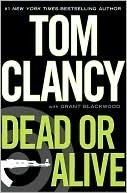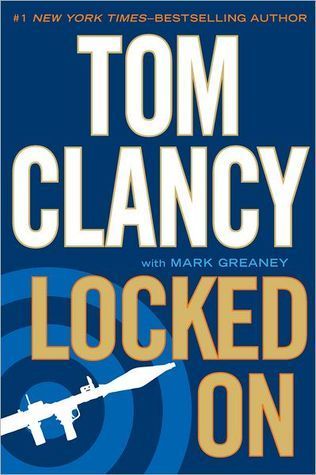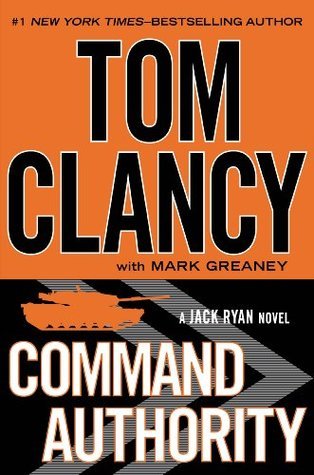
Executive Orders
Book Description
A deadly virus unleashes chaos on the United States, plunging the nation into turmoil and threatening the very fabric of society. Amidst the fear and uncertainty, President Jack Ryan finds himself at the epicenter of a high-stakes struggle, battling both unseen enemies and political treachery. With the clock ticking, Ryan must leverage every ounce of his intellect and leadership to outmaneuver adversaries while grappling with the fragility of power and trust. As tensions rise and alliances shatter, can one man hold the nation together in its darkest hour? How far will he go to protect everything he loves?
Quick Book Summary
"Executive Orders" thrusts Jack Ryan into the presidency amid national catastrophe—a devastating terrorist attack wipes out the U.S. government, and Ryan is left to lead. As he assumes office with no electoral mandate, the country reels from political instability and a deadly viral outbreak. Facing enemies both foreign and domestic, Jack must swiftly restore order, rebuild trust, and counter multiple threats: a biological attack orchestrated by Iran, hostile machinations from China and India, and internal resistance. Through intelligence, resilience, and moral conviction, Ryan coordinates a vast response, navigating war rooms, shifting alliances, and ethical dilemmas. The novel explores leadership under crisis, the fragility of democracy, and the limits of personal resolve as Ryan’s integrity and resolve are tested to their utmost while he races to save the nation from collapse.
Summary of Key Ideas
Table of Contents
Leadership in Crisis
Jack Ryan is abruptly elevated to President of the United States following a catastrophic terrorist attack that decimates the government, leaving him with no vice president, no cabinet, and no congress. As the new Commander-in-Chief, Ryan faces skepticism and outright hostility from politicians and the public alike, most of whom view him as an untested placeholder. He must rely on his own integrity, intelligence, and unwavering dedication to lead in the face of chaos, making difficult decisions while operating in a power vacuum.
Terrorism and Biological Threats
Amid this political turmoil, the United States is struck by a coordinated biological attack: a weaponized Ebola virus is unleashed, threatening millions. The source traces back to Iran, where a radical fundamentalist regime orchestrates the assault, aiming to destabilize America and reshape the global order. The novel meticulously details the rapid spread of the virus, the chaotic response from public health officials, and the desperate race to contain the outbreak before it claims even more lives.
Geopolitical Maneuvering and Espionage
At the same time, rival nations seize the moment of American weakness. China, India, and Iran all maneuver for advantage, testing U.S. resolve and probing for vulnerabilities. Espionage and sabotage abound, forcing Ryan to rely on a trusted circle of intelligence and military experts. Under his direction, covert operations target terrorist networks abroad and safeguard national security at home, all while the American military prepares for direct confrontation with Iranian forces in the Middle East.
The Fragility of Democracy and Trust
Executive Orders delves deeply into the intricacies of leadership under fire, as Ryan confronts not only foreign threats but also resistance from within. The necessity to rebuild shattered institutions and restore public trust weighs heavily, and the book explores themes of democratic legitimacy, the responsibility that comes with power, and the importance of ethical governance. Ryan’s struggle is not only against external enemies, but also to preserve the soul of a wounded nation.
Personal Sacrifices in Public Service
The narrative underscores the personal cost of command. Ryan’s family is threatened, and his isolation at the top becomes acute. He balances the safety of his loved ones with the demands of a presidency forged in disaster. As the nation rallies in its darkest hour, Ryan exemplifies resilience, resourcefulness, and moral clarity, ultimately guiding America through multiple crises, reaffirming both his capacity and the enduring strength of the country’s core values.
Download This Summary
Get a free PDF of this summary instantly — no email required.





